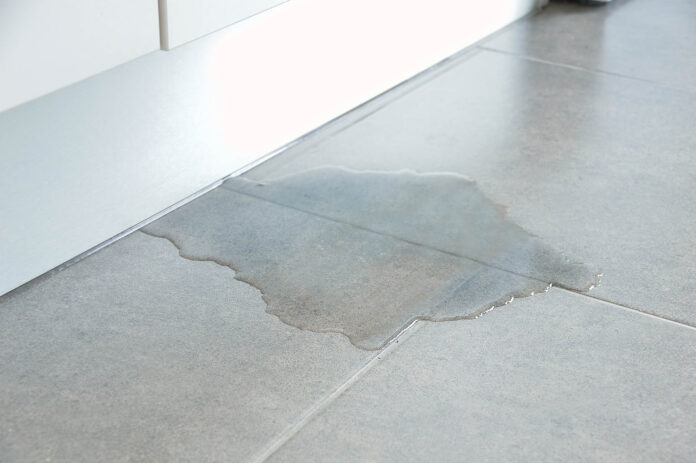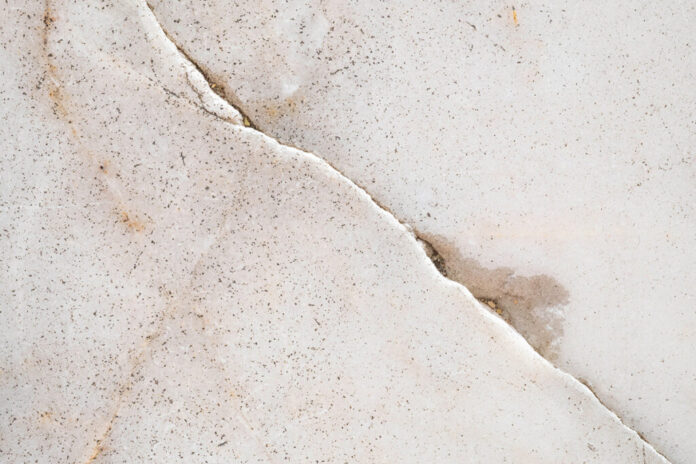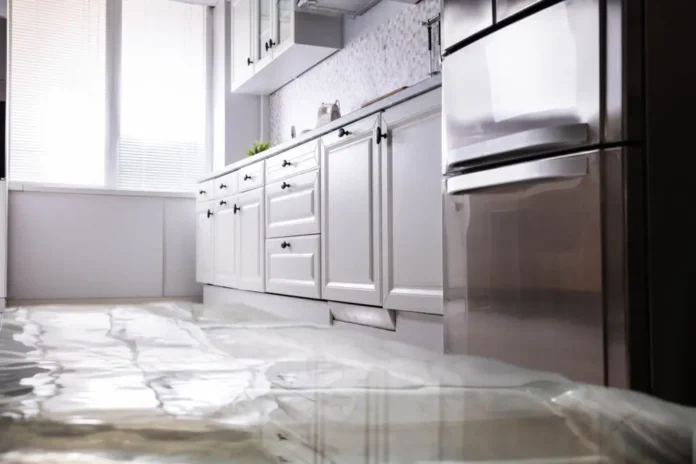As a homeowner, there are many things that you need to keep an eye on to ensure the integrity and safety of your home. A slab leak is one of the most common and potentially costly issues.
A slab leak occurs when the pipes running through or under your home’s concrete slab foundation start to leak. These leaks can cause serious damage to your home’s foundation and, if left untreated, can lead to expensive repairs. That’s why it’s essential to be aware of the signs of a slab leak and take action quickly to address the issue.
In this article, we’ll discuss some of the most common slab leak detection tips that homeowners should know.

- Monitor Your Water Bill: One of the first signs of a slab leak may be a sudden increase in your water bill. If your water bill has increased significantly without an obvious explanation, it may be time to investigate further.
- Check Your Water Meter: Another way to detect a potential slab leak is to check your water meter. Turn off your home’s water and then check the meter. If the meter is still running, it may indicate water is leaking somewhere in your home, potentially due to a slab leak.
- Look for Moisture or Mold: If you notice any moisture or mold on your floors or walls, it may be a sign of a slab leak. Water can accumulate under your home’s foundation and cause mold growth, harming your health.
- Inspect Your Foundation: Inspecting your home’s foundation for cracks, shifts, or changes in elevation is one of the major slab leak detection tips. These are potential signs of slab leaks.
- Check Your Hot Water Heater: If you have a hot water heater, check for any signs of leaks around the unit’s base or the pipes leading into and out of the unit.
- Keep an Eye on Your Water Pressure: A sudden decrease in water pressure can be a sign of a slab leak, particularly if it is accompanied by other symptoms. Investigating your water pressure from time to time is one of the invaluable slab leak detection tips.
- Use a Thermal Imaging Camera: A thermal imaging camera can detect temperature changes that may indicate the presence of a slab leak. Using this tool, you can pinpoint the leak’s location and take action quickly to address the issue.
- Conduct a Dye Test: A dye test involves adding dye to the water in your home’s plumbing system. If the dye appears in areas where it should not, it may indicate the presence of a slab leak.
- Be Keen on Musty Odors: Musty odors are another sign of mold growth, often resulting from a slab leak. If you notice a persistent musty smell in your home, contact a professional service to identify and fix the issue before it causes respiratory problems for you and your family.
- Hire a Professional: Finally, if you suspect that you have a slab leak, it’s important to contact a professional who can help you identify the issue and take action to address it. A professional slab leak detection service has the experience and equipment to detect and repair slab leaks quickly and efficiently.

Conclusion
Early detection of a slab leak can save homeowners significant time and money. By being aware of the signs of a slab leak and taking action quickly to address the issue, homeowners can avoid expensive repairs and ensure the safety and integrity of their homes. If you suspect that you have a slab leak, use these slab leak detection tips to identify the issue and take action to address it.




